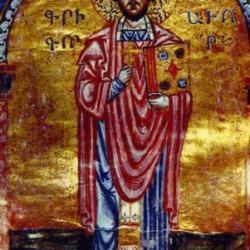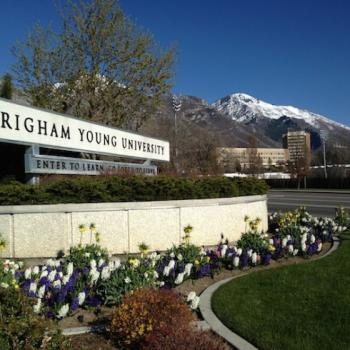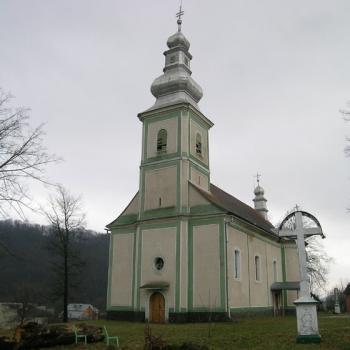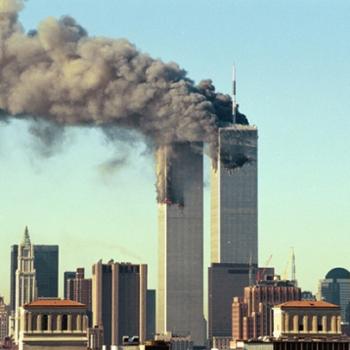After traveling in the United States, G. K. Chesterton famously described America as “a nation with the soul of the a church.” Something akin to this could be said of India, but to church one must quickly add Buddhist stupa, Jain mandir, Sikh gurdwara, Parsi dar-e mihr, Muslim mosque, and, not least, Hindu temple. Indeed, the turbulently modernizing nation bristles with religious energy and diversity. Anyone wedded to the tired notion that modernity leads necessarily to secularization would to do well to visit this 70-year-old republic.
This past summer I had the opportunity to participate in a study trip to India. Our study team—comprised of ten American scholars and ten Indian scholars, journalists, and activists supported by the Nagel Institute for the Study of World Christianity at Calvin College—traveled to the cities of Bangalore, Chennai, and Delhi. Our remit: to understand issues pertaining to religious freedom in India today and to think about the relationship of religion to social and economic development.
There were many “findings” on the trip. But the biggest for me was to gain a deeper understanding of the ideology of “Hindutva” (literally, “Hindu-ness)–encouraged and transmitted by the presently-ruling Bharatiya Janata Party (BJP, Indian People’s Party)—and how it poses a threat to the secular consensus that goes back to the post-1947 founding era and the leadership of Gandhi and Jawaharlal Nehru, India’s first Prime Minister. Under BJP rule, persecution of religious minorities, especially Muslims and Christians, has markedly increased. The many Christian leaders in the country with whom we spoke voiced grave concern about the future. In addition to worrying about their own flocks, they also expressed anxiety that the West, smitten with the BJP’s growth-oriented economic agenda and more preoccupied with the threat of global Islamic extremism, is blinded to the constriction of religious freedom and human rights taking place in India today.
“Hindutva,” should not be mistaken for Hinduism. The latter is a bewilderingly complex set of beliefs, practices and rituals that have existed on the Indian sub-continent since time immemorial. By contrast, Hindutva, is a distinctly modern phenomenon, a South Asian species of what Benedict Anderson famously described as an “imagined community,” i.e., nationalism. Its emergence during the late colonial period in India was a self-consciously homogenizing and quasi-racialist conception of Hinduism. For a Western analogue, one might point to the various religiously-tinged cultural nationalisms that arose in the wake of the French Revolution and the European Romantic movement. The Protestant, fiercely anti-immigrant nativist movement in nineteenth-century America might be another point of comparison.
Hindutva gained its first major public voice in Vinayak Damodar Savarkar (1883-1966), who published in 1923 Hindutva: Who is a Hindu? Ironically, Savarkar, who coined the term “Hindutva,’ himself was an atheist and rationalist. Self-schooled in the history of European nationalism—especially that championed by the Italian Giuseppe Mazzini–Savarkar sought to give expression to a broad cultural ideology that could challenge the British Raj, counter Western influence more generally, and provide intellectual defenses against Muslim beliefs and the allegedly culture-destroying work of Christian missionaries. For him Indian identity, or Hindutva, was a sacred trust and cultural patrimony, but one that necessarily manifest itself in racial (“common blood”) and geographical (“sacred land”) terms.
Much more could be said about this worrisome ideology and its influence today, but let me close this post by recommending a book that I am currently reading: Martha Nussbaum’s The Clash Within: Democracy, Religious Violence, and India’s Future. India looms both as an economic behemoth and the world’s most populous country by 2050. We all should do due diligence in understanding what makes this country tick and what challenges it faces. The rise and spread of Hindu nationalism is certainly one of them.












